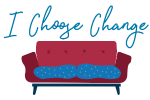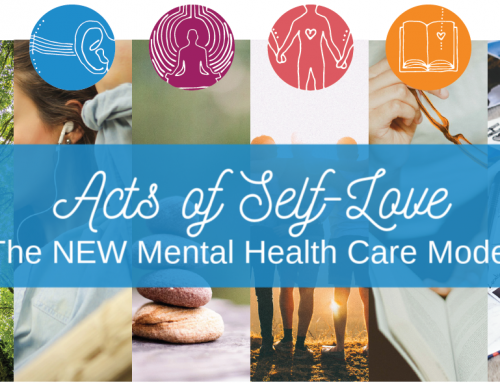This morning when a client told me she needed to learn to keep her emotions under control, I responded with, “Who are you, Elsa?” And then I about died inside, because I thought to myself, “Really? Elsa? Is that the best therapeutic example you could come up with?”
In fact, it was.
You know what really bugged me about the movie Frozen, which, if you’re like me, you’ve seen upwards of 673 times? It bugs me that in the scene where Elsa is taken to visit the trolls, her dad gets the message that Elsa needs to be locked up until she (by herself?) learns to control her emotions.
After Elsa accidentally hits her sister Anna in the head with her frozen powers, the King and Queen take her to the trolls to get healed.
While there, the Troll King says, “The heart is not so easily changed, but the head can be persuaded.”
Dad chimes in, “She won’t remember I have powers?”
The King Toll offers, “Your power will only grow. There is beauty in it, but also great danger. You must learn to control it. Fear will be your enemy.”
Ah, yes. I do agree here. We all have power, and there is beauty in it, but also great danger if we don’t learn to use it wisely. Fear can be your enemy. But then, Dad says something that’s a game changer. He says, “She can learn to control it, I’m sure.” To which the King Troll explains, “Until then, lock the gates. Reduce the staff. Limit her contact with people. Keep her powers hidden from everyone, including Anna.”
Okay, pump the breaks.
Lock her up because she has fear which she doesn’t know how to control? Limit her contact with people, including the person she loves most, her sister?
Great advice, Troll.
I think the Troll King had good intentions; he didn’t want Anna to get hurt until Elsa learned to understand and embrace the powers she had, and control isn’t such a bad thing. But when I hear clients talk about “control emotions” that’s code for “stuff emotions because I don’t really know what to do with them and I was taught they are mostly bad anyway.”
Clients are really good at stuffing their emotions way, way down, deep inside until the day they fly into a rage or sink into a deep depression. After all, unexpressed anger turns into rage, unexpressed sadness turns into depression, and unexpressed worry turns into anxiety. Elsa’s fear turned into isolation.
The point here is that, no, the goal isn’t to control emotions so that you don’t feel them. If you want to shut down all of your emotions, you could become a sociopath because that’s what they’re good at. Second to that, the real goal is to express openly, honestly, and freely, so you don’t get to a place of extreme emotion (like rage, depression, anxiety or isolation). Think of yourself like tea pot with steam coming out the spout. As you go about your day, honor what you feel, let off steam little by little so you don’t get to the point like Elsa did – so afraid that the only thing she knew to do was lock herself away (because of the great parenting advice, no doubt).
Take a look:
Spoiler Alert! We learn in the end of Frozen that fear can be controlled, but only when you’re deeply rooted in love. To know fear, anger, and sorrow is to also know great joy, happiness, and love. Thankfully, Elsa and Anna came to this conclusion, but not without the help of their village (which is for another blog article entirely).
Photo credit here.





